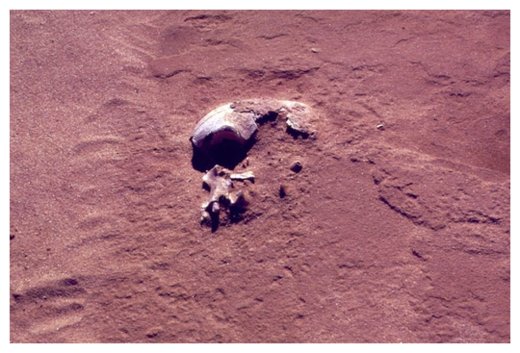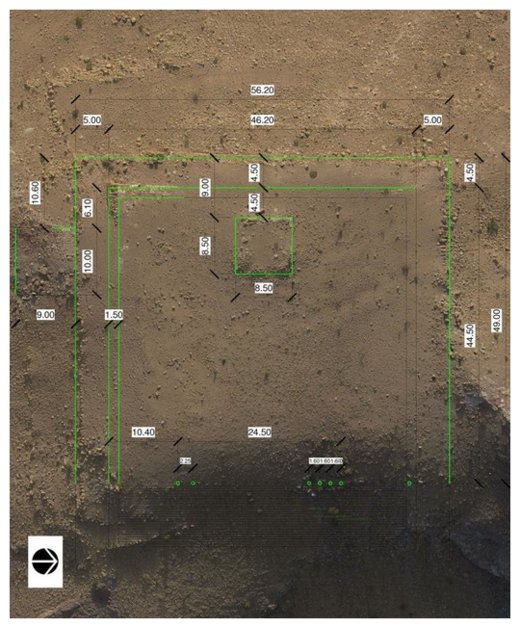
© Wilfred ShawcrossHuman remains found near Lake Mungo are the oldest in Australia.
A new look at ancient bones with the latest DNA technology has confirmed
Aboriginal Australians as the continent's first people.Researchers say the findings overturn a 2001 paper that argued the oldest known Australian human remains found near Lake Mungo in New South Wales were from an extinct lineage of modern humans that occupied the continent before Aboriginal Australians.
This claim was based on mitochondrial DNA extracted from Mungo Man's 40,000-year-old fossilised remains by a team lead by Australian National University's Dr Greg Adcock.
But now, Professor David Lambert, from Griffith University, and colleagues, have used new DNA sequencing methods to re-analyse the material from Mungo Man, who was found in the World Heritage-listed Willandra Lakes region, in far western New South Wales.
Professor Lambert said the latest findings, published today in
Proceedings of the National Academy of Sciences, confirmed earlier concerns with the 2001 report.
"There was a lot of suspicion at the time amongst a lot of international researchers in ancient DNA that there was a distinct possibility the results were due to contamination," he said.
"The reason for the suspicion was that the sequences for Mungo Man, in particular, were very unusual ... and gave rise to the thought that Aboriginal people were not in fact the first Australians — that there was a group there before them and that Aboriginal people displaced them.
"We could not, with better technology, repeat what the original study found and therefore the evidence that Aboriginal people were not the first Australians has no foundation."
Professor Lambert said it was important to attempt to replicate the 2001 findings to determine their authenticity.

Comment: See also: Archaeologists: Sublime technique makes Syrian mosaics one of the greatest in the world